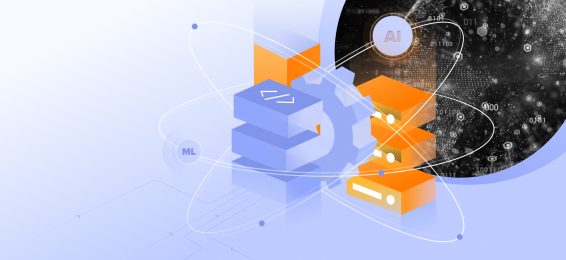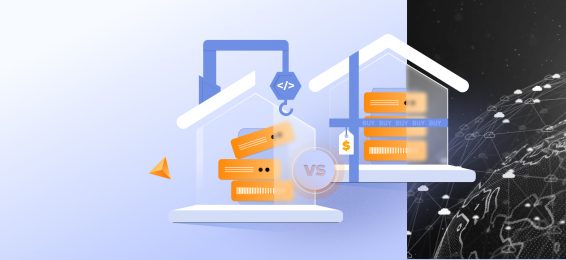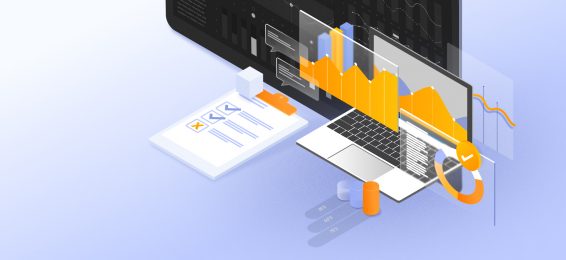Are there alternative terms for data provisioning?
Data provisioning is also commonly referred to as data delivery, data distribution, data access management, data supply, data feeding, or data loading. These terms emphasize different aspects of the process of making data available:
Data delivery and data distribution focus on the movement of data from one location to another.
Data access management highlights the management of permissions and ensuring that users or systems have the right level of access to specific data.
Data supply refers to the general process of providing data to consumers, similar to how goods are supplied in logistics.
Data feeding is often used when data is provided to systems or applications continuously, such as for machine learning models.
Data loading specifically refers to the process of loading data into a system or database, often in preparation for analysis.
What is IT provisioning?
IT provisioning involves configuring IT resources and infrastructure to ensure users and systems have timely access to the tools and data they need. This process is closely linked to data provisioning, as IT provisioning often includes making sure that necessary data is readily available to support various applications and user needs. It involves concepts like data provisioning services that enhance data availability and help address specific data requirements.
What are the methods of data provisioning?
There are several methods of data provisioning, each suitable for different data integration needs. The most common methods include:
Batch provisioning: In this method, data is collected and transferred in batches at scheduled intervals. It’s often used for non-time-sensitive data transfers, such as end-of-day reporting.
Real-time provisioning: This approach involves continuously streaming data to ensure it’s available as soon as it’s generated. Real-time provisioning is crucial for applications that require instant insights, like monitoring systems.
Self-service provisioning: This method empowers users to provision data on demand, often via a portal or dashboard, giving them access to specific data sets without the need for IT intervention. This flexibility is especially beneficial in fast-paced business environments.



